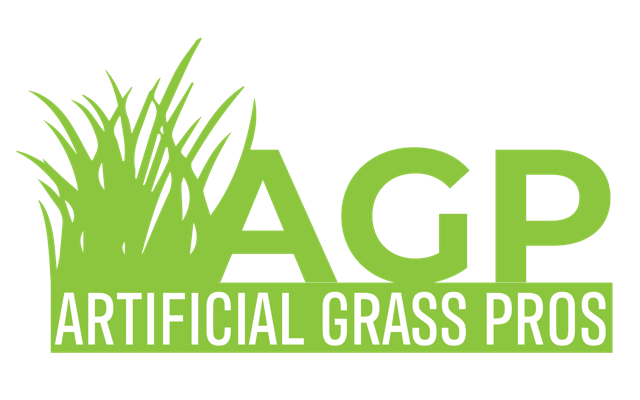Synthetic turf, also known as artificial turf, has been gaining popularity as an alternative to natural grass for playing fields, landscapes, and even rooftops. While it may seem like a convenient solution to some, it’s important to weigh the pros and cons before investing in synthetic turf. In this blog post, we’ll dive deep into the advantages and disadvantages of synthetic turf, so that you can make an informed decision on whether it’s right for you.
Pros:
1) Low Maintenance: One of the biggest advantages of synthetic turf is that it requires very little maintenance compared to natural grass. You don’t have to worry about fertilizing, mowing, or watering. The turf is durable and can withstand heavy traffic, which makes it ideal for playing fields and commercial spaces.
2) Water Conservation: Another benefit of synthetic turf is that it conserves water. Natural grass requires a lot of water to stay healthy, but with synthetic turf, you don’t have to worry about wasting water or paying higher water bills.
3) Weather Resistant: Synthetic turf is designed to withstand various weather conditions, including extreme heat and cold, and heavy rain or snow. This makes it a suitable choice for regions with harsh climates.
4) Versatile Design: Synthetic turf comes in different shades of green, as well as other colors that can be used to create different designs. This provides homeowners and commercial property owners with the flexibility to create a unique landscape that suits their style.
Cons:
1) High Initial Cost: One of the biggest disadvantages of synthetic turf is the high initial installation cost. Depending on the size of your lawn, you could be looking at several thousand dollars to install synthetic turf. While it may seem like a long-term investment, the initial cost could be a barrier for some.
2) Artificial Appearance: While synthetic turf is designed to look like real grass, some people may find the appearance to be unappealing. This is especially true for those who are accustomed to natural grass lawns.
3) Heat Retention: Synthetic turf can retain heat, which can make it uncomfortable to walk on during hot summer days. This could also cause your synthetic turf to become damaged over time.
4) Environmental Impact: Synthetic turf is made of non-biodegradable plastic material that can take hundreds of years to decompose. This raises concerns about the environmental impact of synthetic turf and its contribution to plastic waste.
Synthetic turf offers a range of advantages such as low maintenance, water conservation, and weather resistance. However, it’s important to remain aware of the disadvantages such as high initial costs, artificial appearance, heat retention, and environmental impact. Ultimately, the decision to invest in synthetic turf should be based on personal preferences and needs. If you’re considering installing astro turf, consult with a professional to ensure that it’s the right choice for you.
Look into our other blogs today, to learn more!

Recent Comments